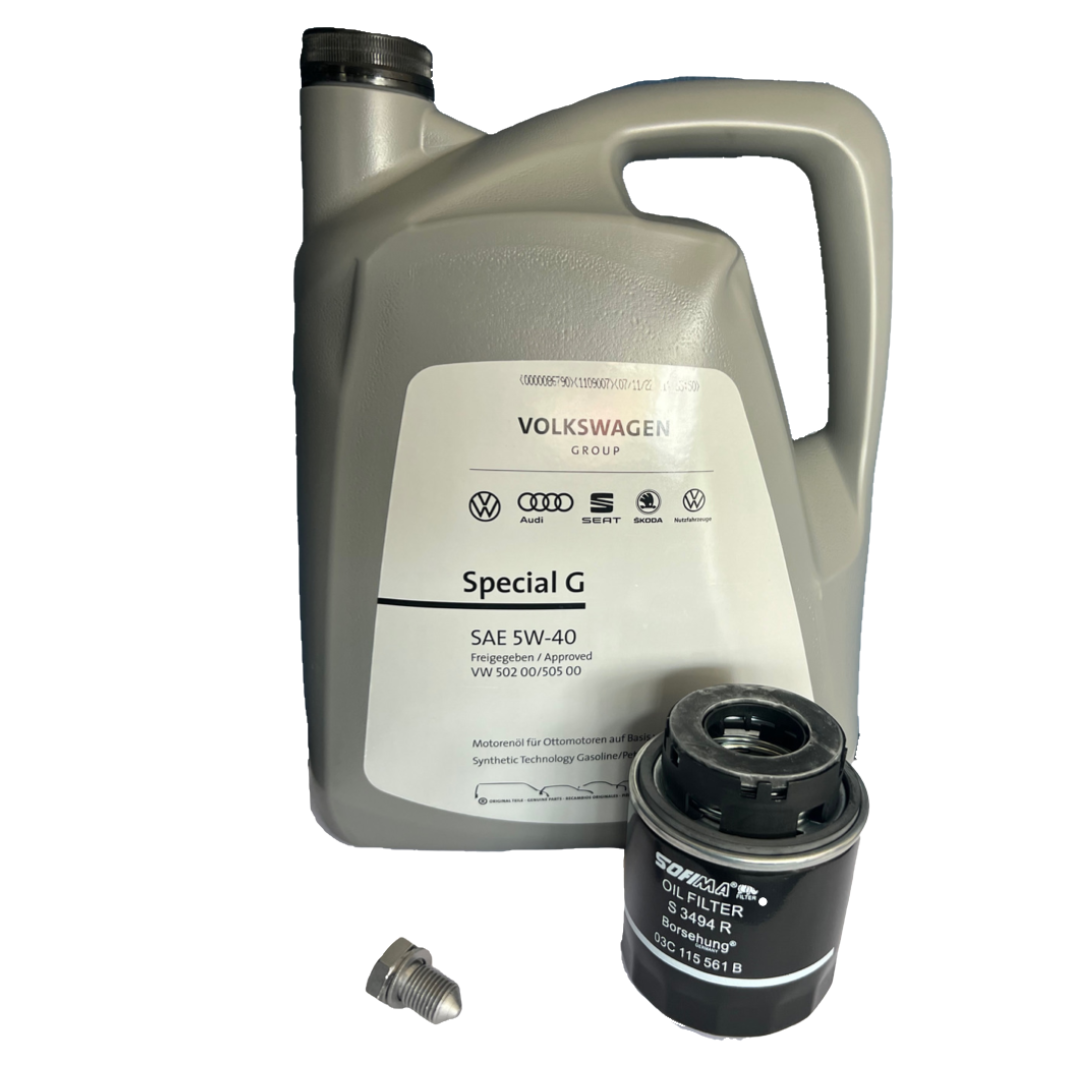Maximize productivity with a powerful clp engine.
Maximize productivity with a powerful clp engine.
Blog Article
Just How a Clp Engine Can Improve Performance in Numerous Industries
The introduction of CLP engines marks a substantial shift in functional effectiveness throughout various markets, driven by their capability to optimize gas consumption and reduce downtime. Industries such as production and logistics stand to acquire substantially from their durable layout and consistent power outcome, which assure to streamline operations and improve efficiency. As organizations significantly focus on sustainability alongside effectiveness, the role of CLP engines becomes a lot more vital. What stays to be seen is exactly how these advancements will certainly shape the future landscape of commercial operations and their influence on wider economic fads (clp engine).
Overview of CLP Engines
CLP engines, or Continuous Liquid Propellant engines, represent a considerable development in propulsion modern technology, especially for area applications. These engines make use of a continual feed system that permits for the continual expulsion of propellant, resulting in enhanced performance and efficiency contrasted to standard solid or hybrid propulsion systems. By maintaining a constant circulation of fluid propellant, CLP engines can accomplish a lot more specific drive control, which is vital for navigating spacecraft in different objective circumstances.
The layout of CLP engines integrates sophisticated materials and innovative fuel administration systems. clp engine. This results in decreased weight and raised integrity, important aspects for long-duration area objectives. The continual operation reduces the danger of combustion instability, an usual difficulty in traditional rocket engines.

Advantages in Manufacturing
The manufacturing of Continuous Fluid Propellant (CLP) engines presents numerous remarkable advantages that boost both effectiveness and cost-effectiveness. One of the main benefits is the streamlined manufacturing procedure, which lowers the intricacy associated with typical propulsion systems. By using fluid propellant, manufacturers can achieve greater precision in engine efficiency, leading to optimized energy result and decreased waste.
Additionally, CLP engines assist in a higher level of modularity, permitting less complicated combination right into numerous manufacturing lines. This adaptability can considerably lower preparations and enhance overall operational adaptability. The usage of CLP innovation likewise often tends to reduce the demand for extensive maintenance due to less moving components, which translates right into minimized downtime and functional costs.

Applications in Logistics
Leveraging Continual Liquid Propellant (CLP) engines in logistics provides considerable advantages in operational efficiency and integrity. These engines give a durable remedy for various transportation needs, allowing the seamless activity of goods throughout large distances. The fundamental layout of CLP engines enables for regular power output, which translates right into smoother and a lot more foreseeable transportation routines.
Among the crucial applications of CLP engines in logistics remains in sturdy products transportation, where they can drive both ground and airborne lorries. Their capacity to preserve high performance under differing lots conditions guarantees that delivery timelines are satisfied, thereby enhancing customer contentment. In addition, CLP engines can be incorporated into automated logistics systems, helping with real-time monitoring useful content and enhancing course planning.
In addition, the toughness of CLP engines decreases upkeep downtime, enabling logistics business to maximize their operational abilities. This is particularly beneficial in warehousing operations, where effectiveness in handling and moving goods is critical. As logistics remains to develop, the integration of CLP engines represents a forward-thinking approach that not just improves performance yet likewise supports the sector's expanding needs for integrity and speed.
Influence On Energy Efficiency
Just How do Constant Liquid Propellant (CLP) engines enhance power efficiency in transport? CLP engines utilize a constant flow of liquid gas, enhancing burning processes and maintaining a secure thrust outcome. This layout decreases power losses connected with traditional combustion engines, where fuel distribution can vary and bring about inadequacies.
The continuous procedure of CLP engines enables for a much more efficient thermal cycle, causing higher specific impulse compared to traditional engines. clp engine. This translates to minimized fuel intake for the exact same amount of job done, considerably decreasing functional costs throughout different transportation sectors, including aviation and maritime markets
Furthermore, the capacity of CLP engines to maintain optimum performance under differing lots problems minimizes the requirement for frequent velocity and deceleration, even more improving fuel effectiveness. Boosted energy performance not only adds to cost savings but additionally leads to decrease greenhouse gas emissions, lining up with global sustainability objectives.
Future Trends and Innovations
Emerging advancements in Continuous Liquid Propellant (CLP) engine innovation assurance to reinvent the landscape of transportation performance and sustainability. As sectors pivot toward greener options, CLP engines stand at the center, integrating ingenious products and design methodologies read what he said that boost performance while lessening ecological impact.
Among the most appealing trends is the adoption of hybrid systems that incorporate CLP engines with renewable energy resources. This harmony can maximize gas intake and minimize exhausts, straightening with international sustainability objectives. Additionally, developments in computational fluid dynamics (CFD) are assisting in the design of more aerodynamically reliable engines, resulting in minimized drag and boosted gas effectiveness.
Moreover, the development of wise monitoring systems is set to enhance operational effectiveness. These systems utilize data analytics and Homepage IoT technology to maximize engine performance in real-time, making certain that the engines operate within their most reliable parameters.
As study remains to explore alternate propellant formulations-- such as biofuels and synthetic fuels-- the future of CLP engines looks promising. By harnessing these innovations, markets can not only enhance their efficiency however additionally add dramatically to a cleaner, more sustainable future in transport.
Conclusion
To conclude, CLP engines stand for a significant development in performance throughout several markets. Their capacity to enhance gas consumption and reduce operational expenses, integrated with a continual feed system, boosts power outcome and operational integrity. The assimilation of advanced products and fewer relocating parts minimizes maintenance demands, while alignment with sustainability objectives settings CLP engines as a crucial technology for the future. Continued innovation in this area guarantees further renovations in effectiveness and environmental performance.
Report this page